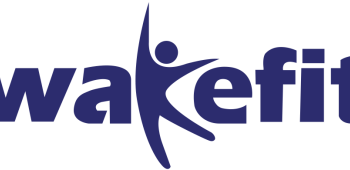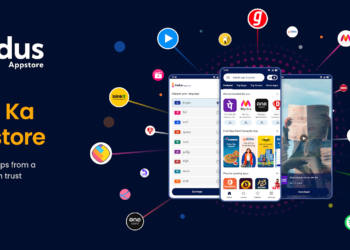How Bounce Plans to Bounce Back and End Extreme Poverty in 300 Days
The world of startups is ever-evolving, with companies constantly adapting to new challenges and opportunities. Two such stories have recently caught the attention of the startup ecosystem: Bounce’s ambitious plan to re-enter the electric vehicle rental market and a tech-driven initiative aimed at ending extreme poverty in 300 days. Let’s delve into these fascinating narratives.
Bounce’s Strategic Re-entry into EV Rentals
Bounce Infinity, known for its electric scooters, is making a significant comeback into the EV rental sector. After halting its rental services three years ago to focus on sales, Bounce is now eyeing the burgeoning demand for electric vehicles in the commercial sector. Their strategy? To cater specifically to gig workers who require efficient and cost-effective transportation.
CEO Vivekananda Hallekere’s Vision:
-
Modular Design: Bounce’s scooters are built on a modular skateboard architecture, allowing flexibility in speed and usage. This design reduces unnecessary components, optimizing the total cost of ownership.
-
Integration with Delivery Platforms: Partnerships with companies like Swiggy provide Bounce with valuable logistics data, ensuring scooters are used productively and risks are minimized.
- Financing and Expansion: The company plans to deploy 30,000 scooters, requiring an investment of around Rs 150 crore. Bounce is exploring debt and leasing options with partners like Tata Capital to achieve this goal.
The focus on commercial gig workers positions Bounce to capture a niche market, potentially transforming urban transportation. But how sustainable is this model in the long run? Could this approach set a precedent for other startups in the EV space?
Ending Extreme Poverty in 300 Days: The Leap 300 Initiative
Launched by Karan Bajaj, founder of WhiteHat Jr, Leap 300 is an innovative program aimed at lifting families out of extreme poverty within 300 days. Operating in Madhya Pradesh and Uttar Pradesh, this initiative leverages technology and structured training to empower vulnerable communities.
Key Components of Leap 300:
-
Yojana Shivir App: Participants engage in a 7-lesson module to create business plans. A Rs 8,000 grant is available for those who complete a 4-day in-person training.
-
Three-Phase Curriculum: The program focuses on business setup, resilience, and connecting participants to government schemes and financial services.
- Impressive Results: A study by Professor Mridula Goel of BITS Pilani reveals that 91% of participants graduate from extreme poverty within 300 days, with average income increases of 150%.
Leap 300’s success showcases the power of targeted interventions in addressing poverty. But can this model be replicated in other regions or countries? What are the challenges in scaling such initiatives?
Insights and Reflections
Both Bounce and Leap 300 highlight the transformative potential of innovation and strategic thinking. Bounce’s focus on modular design and data integration exemplifies how technology can optimize business operations. Meanwhile, Leap 300 demonstrates the impact of structured, tech-driven programs in social upliftment.
Anecdote: A gig worker using Bounce’s scooters shared how the reliable transportation improved his delivery efficiency, leading to increased earnings. Similarly, a participant of Leap 300 expressed gratitude for the program, stating it provided the tools and confidence needed to start a small business.
These stories prompt us to consider the broader implications of such initiatives. How can other startups learn from Bounce’s strategic pivot and Leap 300’s social impact? What role do technology and innovation play in shaping a sustainable future?
Conclusion
Bounce’s ambitious re-entry into the EV rental market and Leap 300’s groundbreaking approach to poverty alleviation offer valuable lessons for entrepreneurs and policymakers alike. As these initiatives unfold, they challenge us to rethink how business models and social programs can drive meaningful change. The key lies in adaptability, innovation, and a deep understanding of the needs of the communities they serve.
For more information on Bounce Infinity, visit their official website. To learn more about Leap 300, explore the Leap 300 initiative.
These narratives are not just about business and social change; they are about envisioning a future where technology and human ingenuity work hand in hand to create a better world. What steps will you take to be part of this transformation?










